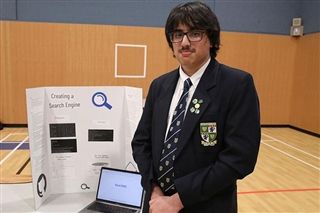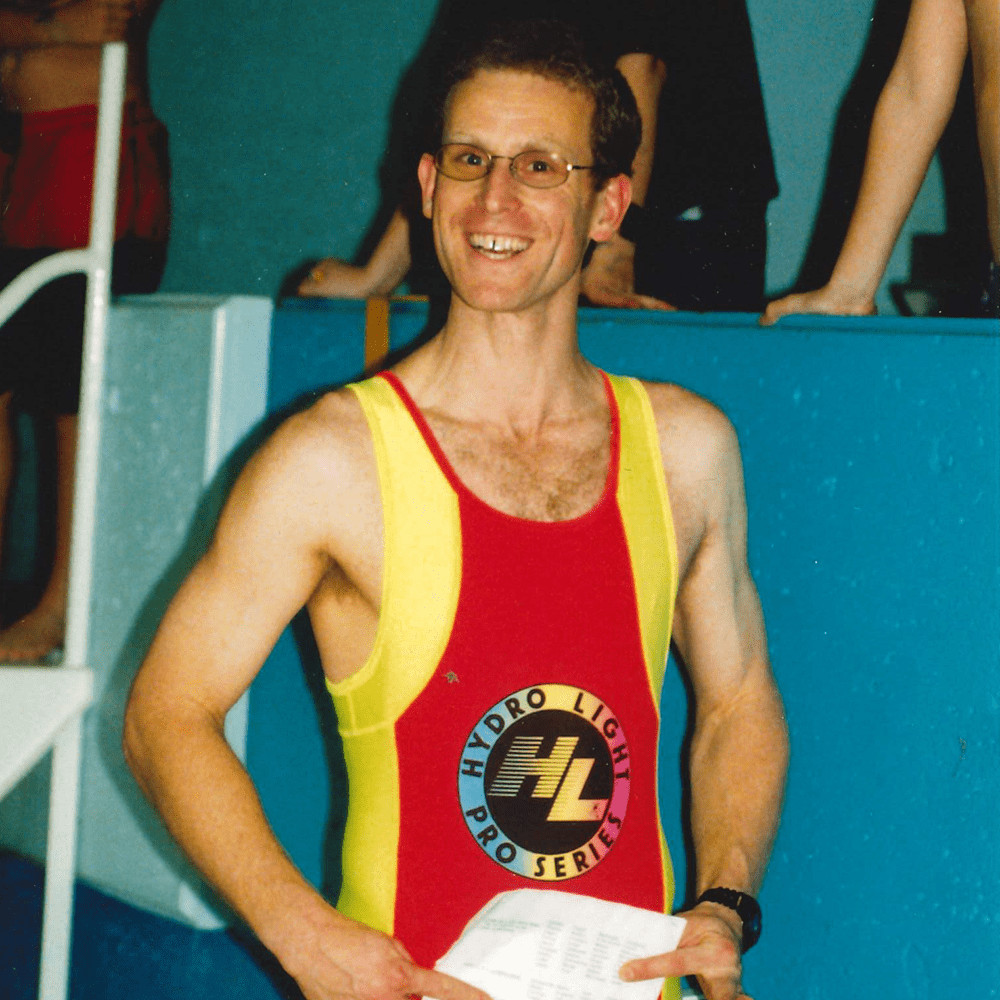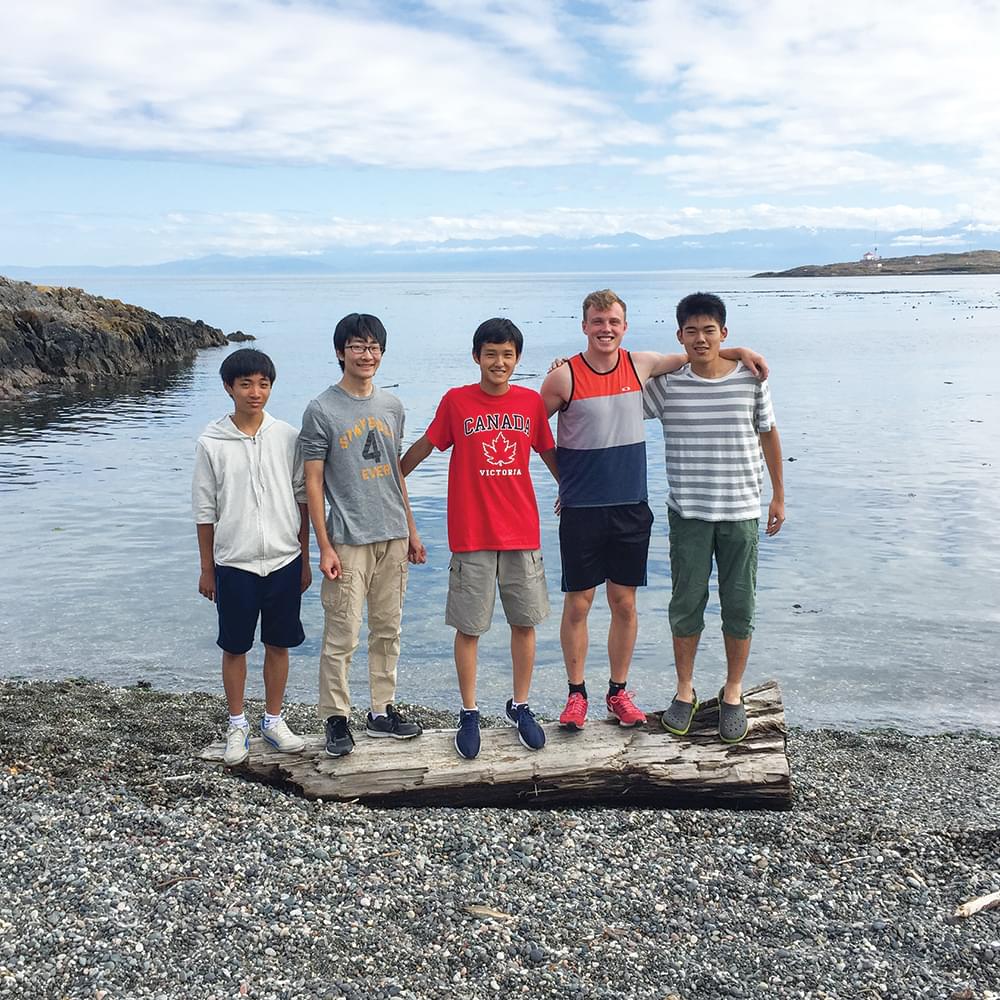His tool amalgamates all of the leading commercial search engines and allows a user to search for information in a safe and secure way that does not track user information or collect any personal data. Even commercial search engines in “incognito mode” still track user IP information. Ibrahim’s “ProSearch” engine will not track anything and will provide a truly anonymous search experience without the concerns that big data companies are monitoring and monetizing your search history.
Starting with little programming knowledge, through persistence, online collaboration, and countless hours of self-study, Ibrahim finally was able to complete this amazing project.
- Describe your innovation (what does it do?) The starting point was in Grade 9 where we explored our personal projects, I knew I wanted to do something technology-focused and looked at some large ideas like making a kernel or basic operating system. I was inspired by somebody online that made a Tetris operating system. I couldn’t find any documentation on it though and was frustrated that I couldn’t find more information on how to do this myself. In the summer, I was doing some more research and came across some information about creating my own private search engine. I initially thought this was going to be easy but it turned out a difficult process. My innovation is a search engine that doesn’t track your search history. However, it doesn’t just stop there. Incognito mode does track your location with your IP, my ProSearch doesn’t do that at all. Instead, it gives you the top links from multiple engines. This might seem inefficient, but it provides much greater privacy and a greater variety of possible results.
- Describe your development process; what did you learn during this process? I went through four trials and went through cloud providers such as Linode and AWS and also used many different operating systems such as MacOS, Windows and Linux. But in the end, I used Vultr combined with coding into the Linux terminal. I learned how to persevere with a difficult project and never give up. If I would’ve given up, then I wouldn’t be giving this interview and this solution wouldn’t have been shared with the GNS community.
- What challenges did you overcome during development? I had challenges with coding into a Windows VM’s terminal and trying to find a cloud provider that worked properly and wouldn’t stall or not work. I also tried Docker, which didn’t work on MacOS.
- What challenges still exist with your innovation? I think this search engine really provides everything it promises to do and doesn’t cost much money to host because how the stockpile of research behind this project. Trying to find the right cloud and domain provider was quite difficult and I had to try a few different options before finding the right fit for my needs. On the second and third trials of the system, I had more success and sought out some further advice from experts in this area. Many of these people were on the other side of the world so I was up really late waiting to hear back from them. That was challenging. By the fourth trial, I was starting to think it wasn’t going to work but then it all came together. I was able to get my cloud provider to work with Linux, the code started to come together. I took a few breaks to do more research and came back refreshed and was able to get everything to work. Initially, I was surprised that it worked but it was a great feeling of satisfaction when it worked. It was an amazing feeling when it all worked out!
- Where do you hope to go with this innovation next? I hope to create my own private search engine, with inspiration from the code and method to make this search engine. This project helped me expand my knowledge of bash and command languages, which I can use for networking, which I plan to do some work in the future. This project was an attempt for me to gain more knowledge in this area and expand my knowledge to build my own search engine in the future. There are many new Chromium-based browsers popping up and there are lots of opportunities there.
- What/who at GNS helped you along the way? Mr. Hamlin was instrumental in helping me. He helped me look into resources such as Github, when I was confused. Github really helped me and I learned quite a bit from Github and was able to access some source code to really help me write the code in the terminal for this project. The access to blocks being free for personal project use was a very important part as I managed to do testing during these work periods and understand what methods will and won’t work.
- What advice would you give other students who are interested in pursuing innovative passions? Definitely, stick with the idea. The true way you can understand how connected you are with your project is when times are struggle come and you ask yourself the same question: Why did I choose this project? Then if you manage to pull through and hold onto your project tight and still work on it, you know this project is right for you. Innovations are meant to be hard. I thought I would be able to do it, but I wasn’t able to and it took me a few tries, which shows overconfidence can get in the way and that overconfidence shouldn’t be in the equation when making an innovation.
- Where do you see yourself in five years? I would like to do some work in networking and creating apps using code. I love computers and coding and so in the technology field would be my choice. I’m looking forward to new opportunities through the GNS Launch Pad program next year and I plan on earning several different Cisco certifications in areas like programming and cybersecurity.





